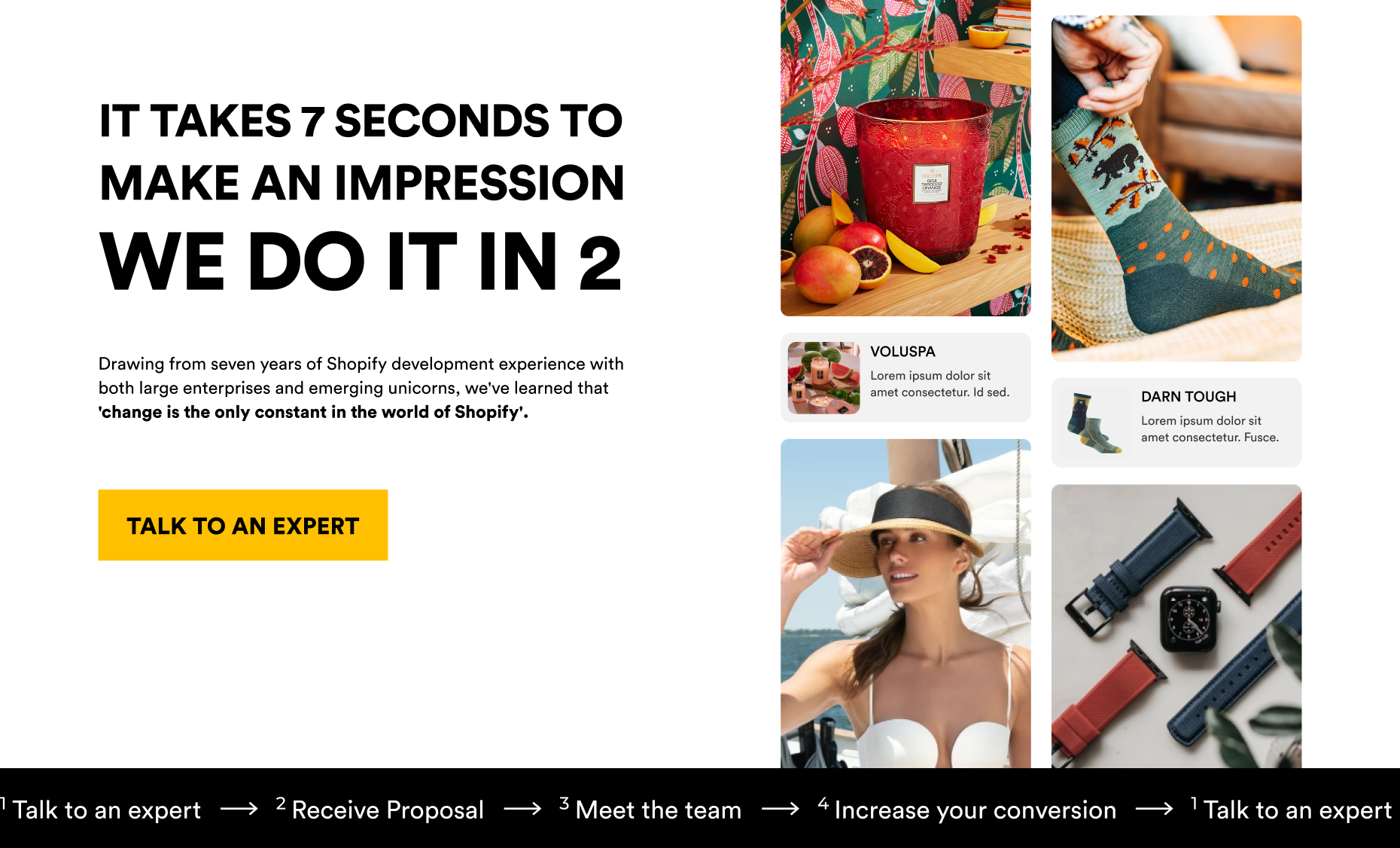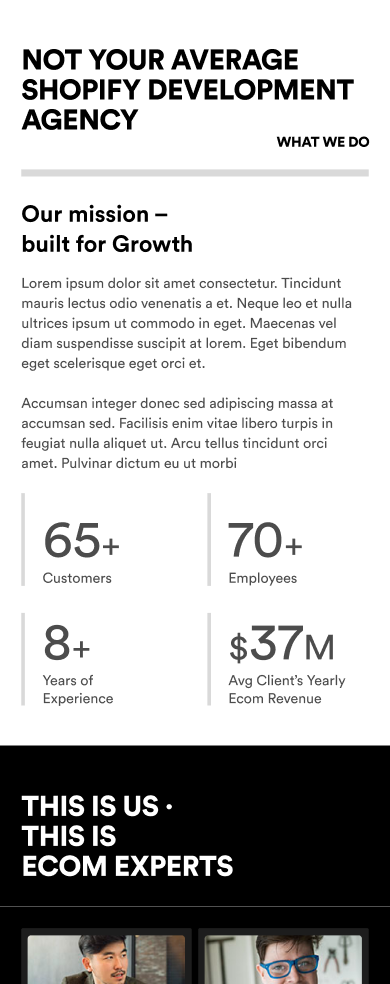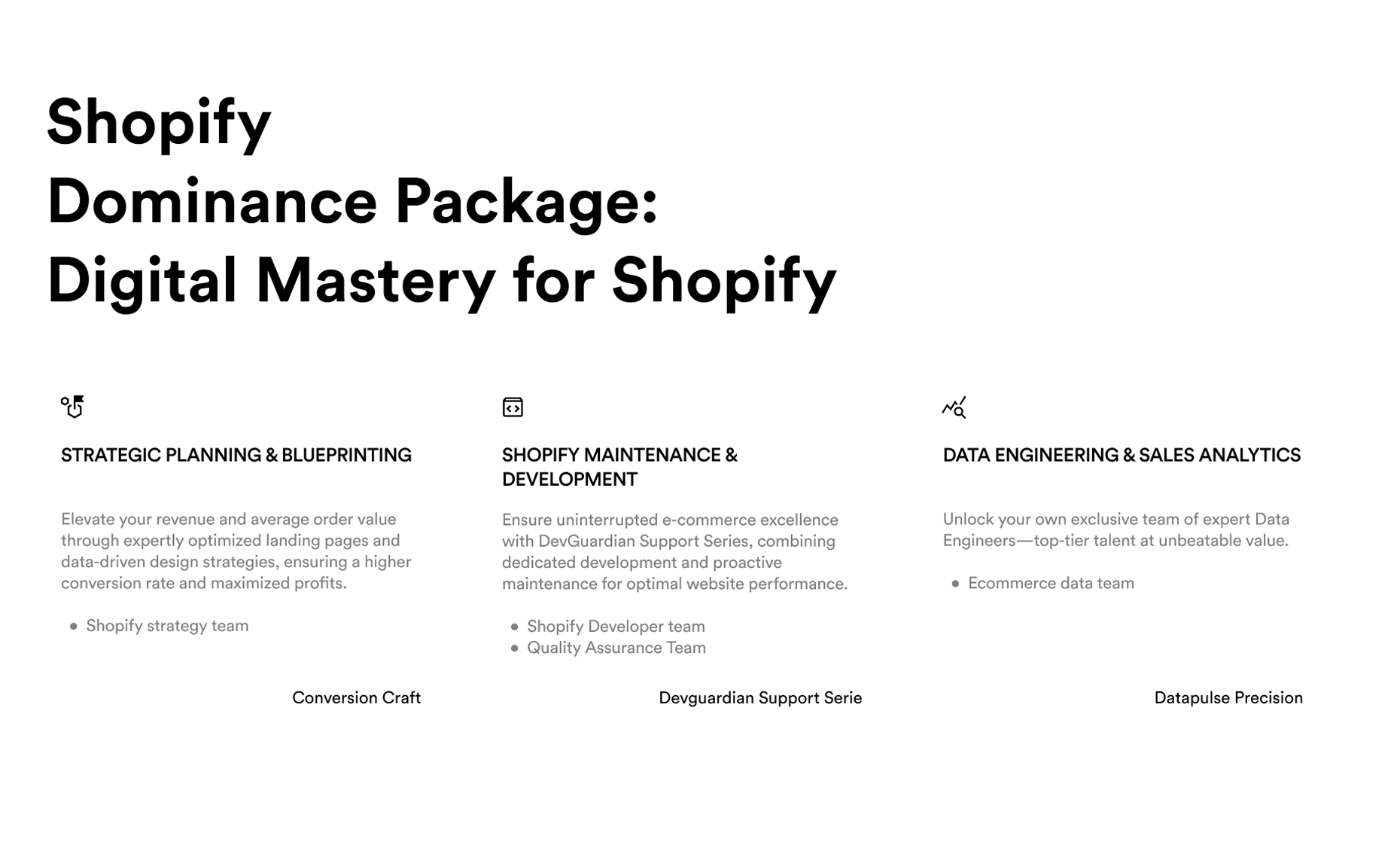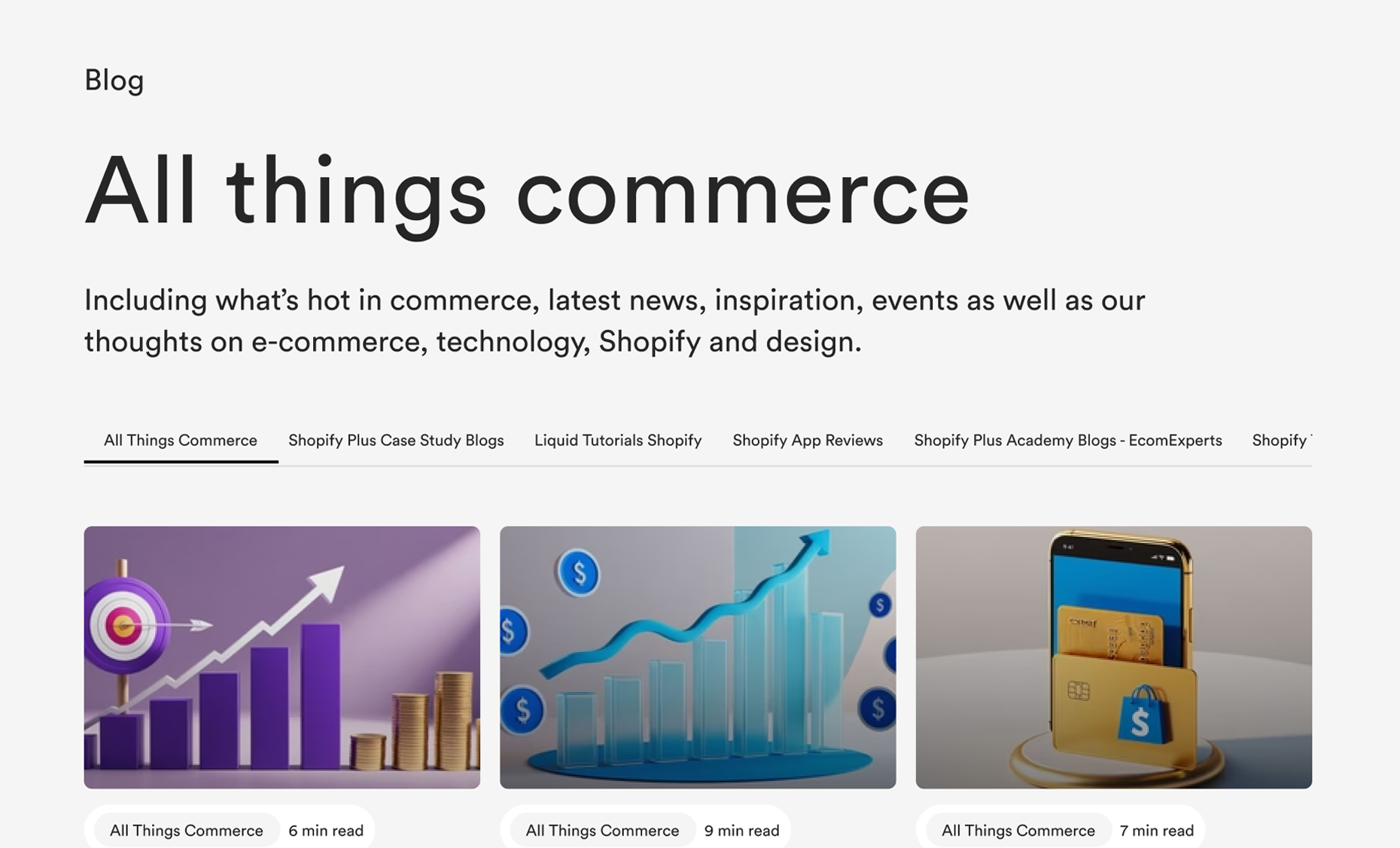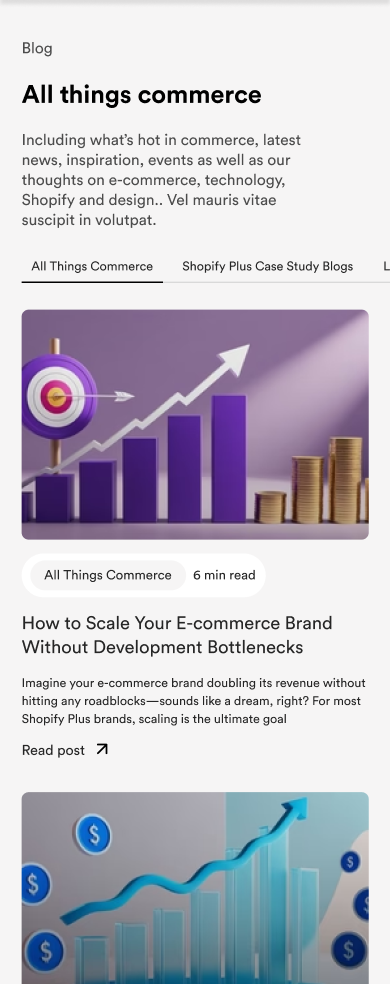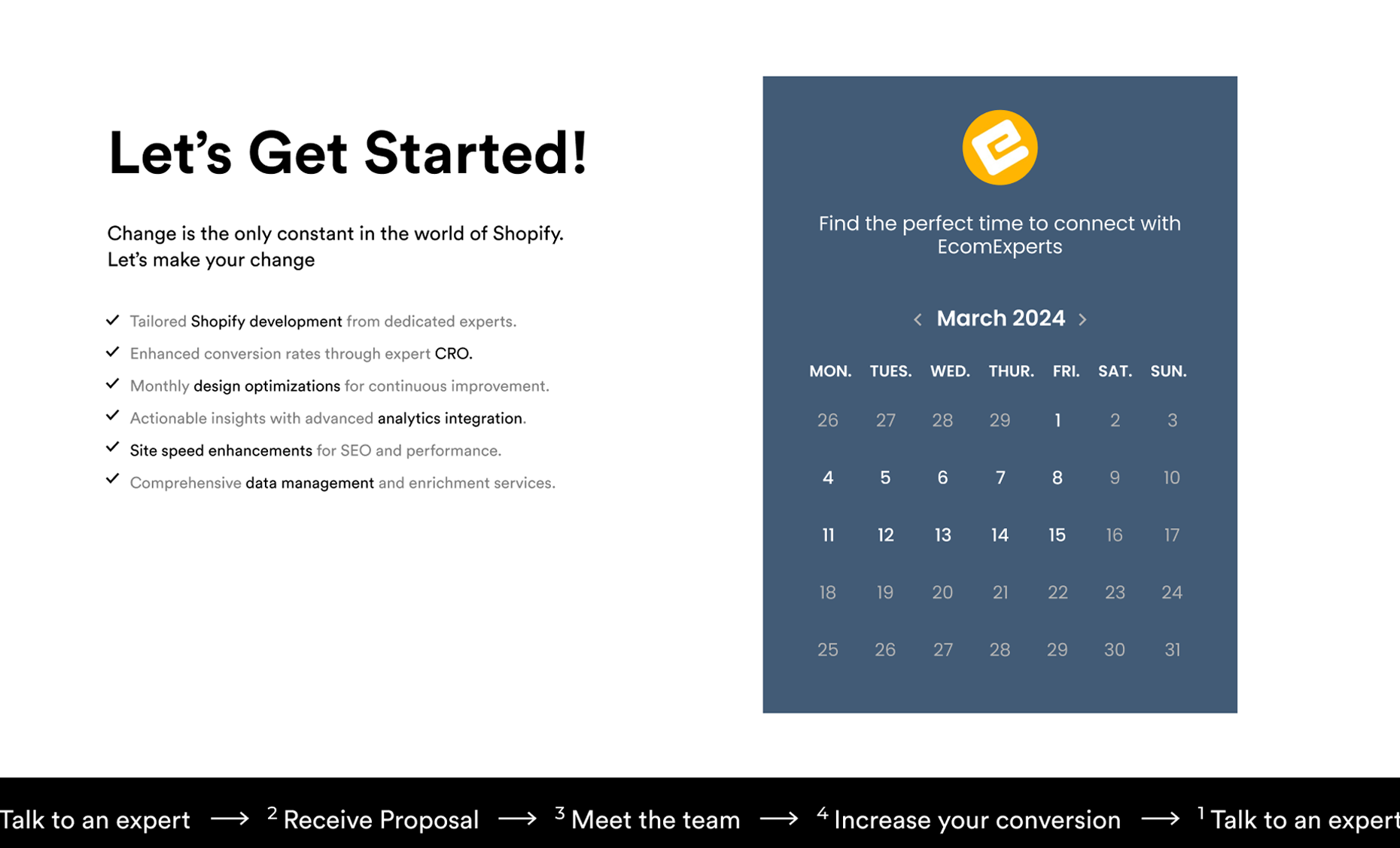Are you a Shopify Plus customer looking for a way to automate repetitive tasks on your store, then Shopify Flow is what you need.
Running a business can be exciting; however, at some point, repetitive tasks tend to take out the fun. The next question is, how do you save the time you spend doing these boring, repetitive tasks on your Shopify store? The solution to doing this is to hire an assistant that would handle these repetitive tasks giving you more time on your hand to focus on your business' growth. Yes, it is at least $2000/month investment, but it is well worth it.
Now that we have settled on hiring an assistant, the next thing to consider is what is an assistant option that automates these repetitive tasks and costs nothing; yes, we're talking about Shopify Flow. Shopify Flow alone will save you that amount of money. If you do a quick math while having in mind that avg manager assistant salary in the US is around 2k, Shopify Plus plan is a no brainer!
Shopify Flow is a platform that helps you to build automatic tasks from inside your Shopify admin. If you have used Zapier, now imagine a cloned and much more stronger version of Zapier but built into Shopify. Shopify Flow arguably remains the most exciting feature released by Shopify in a while.
What makes it even more exciting is that there's no need for coding or development knowledge with Shopify Flow, and anyone, beginner and expert, can use it. In this article, we have considered some of the benefits of Shopify Flow for your business and how it can be used to increase your business's functionality.
Using Shopify Flow

To get started with using Shopify Flow, the first thing to note is that you must be on the Shopify Plus Plan. On Shopify Plus, you can easily automate any tasks that can be automated from a starting price of $2000/monthly. With Shopify Flow, you get to save even more than this.
Shopify Flow can be installed on your Shopify dashboard from the app store like other apps. Once integrated with your Shopify Plus store, you should find Shopify Plus on your store's dashboard.
With just a few buttons, the dashboard has a basic interface. Shopify Flow is built to save you time. In the templates section on your dashboard, you'll find all of the flows you'll need to get started automating your company.
It will take you only a few minutes to set up each template, and you will never have to worry about those tasks again.
Cancel and restock high-risk orders is one of the most common flows among Shopify merchants, and it is recommended for new merchants.
This flow cancels high-risk orders automatically, restocks products, and sends a cancellation email to the client. You won't need any third-party applications for this, but if you do, they'll show at the bottom.
Start by clicking on "Create a workflow from template," which redirects you to a new page where you can edit the workflow's details, add tags, enable/disable it, and edit the workflow. Be sure to edit it to add more conditions.
Shopify Flow works on them if this, than that logic. This is why you need to create a trigger. A trigger is a particular event that, when detected, starts the Shopify Flow workflow as described in the user interface. There are 9 default triggers out of the box, but this number will expand with the integration of third-party applications.
In this case, the trigger is Order risk analyzed.
- Next, set up a Condition. Conditional declarations are laws that must be passed as true or false in order to dictate the outputted behaviour. There are more than 100 different conditions to choose from, each with several variants. Many conditional statements may be clustered together, which means that all of them must be valid in order for the whole sentence to pass.
The first condition is to take action IF THE ORDER RISK LEVEL IS EQUAL TO HIGH. Additional criteria may be set up on the right, and the procedure is fairly quick, close to when creating automated collections.
- Now, let's create an action.
Shopify has a range of activities that operate straight out of the box, including 10 Shopify-specific actions and six that use third-party productivity applications like Google Sheets, Slack, Asana, and Trello.
If the order analysis reveals a high-risk amount, cancel the order, send an email, tag customers, and tag orders.
By clicking on this button, you can add more activities to your folder, which you can choose from.
- To add another condition, for orders labelled medium, you can choose to be notified on Slack. Click on add condition, and on the right, choose order risk level is equal to medium.
Ten Shopify-specific behaviors and six that use third-party productivity apps like Google Sheets, Slack, Asana, and Trello are among the tasks that work right out of the box in Shopify.
Cancel the order, send an email, tag clients, and tag orders if the order analysis showed a high-risk number.
You can add more events to your folder by pressing this button, from which you can select.
Benefits of Shopify Flow

Among Shopify Flow's most common applications are:
Inventory
- Items that are low on stock or out of stock should be marked with a tag.
- Delete out-of-stock products from your shop for the time being.
- Set up an internal email to deliver when the stock drops below a certain amount.
Promotions and loyalty
- Keep track on how coupon codes are being used.
- When customers place big orders, set up internal notification emails to deliver.
- Connect with third-party reward applications to provide more features.
Customers
- Tag Customers using their buying patterns, postal code, email address, order history, IP address, and other factors.
- Track Customers with large refunds.
- Organize Customers into tiers based on their lifetime spending.
Purchase Orders
- Set up a notification email to employees when an order is placed, or a refund is given.
- Receive alerts when orders are unusually high.
- Tag Orders purchased with gift cards.
Products
- Add new items to collections automatically based on keywords contained in the product description.
Often workflows result in internal email alerts to workers as a result of behavior. These emails can be fully personalized using the Shopify Flow user interface and contain Liquid variables.
This ensures that complex information, such as the customer's name, email address, order number, order rate, and so on, can be included in the emails.
Without question, Shopify is the best eCommerce site on the planet! Shopify Plus, on the other hand, is a must if you're serious about increasing and scaling your market. It comes at a cost, but Shopify Flow will save you too much money on its own.
Our Conclusion
At EcomExperts, we are big believers in the power of Shopify Flow automation.
Honestly, too many entrepreneurs and their teams spend way too much time dealing with issues that could be handled faster and better with automation. Why spend effort you don't need to?
Well-used automation can help you boost sales and grow customer loyalty. Plus, you will truly know your customer, which is going to make marketing to new customers so much easier.


